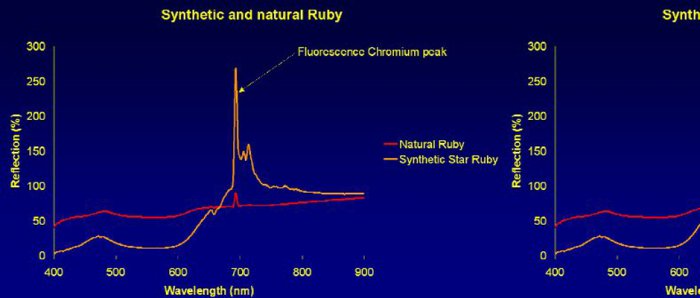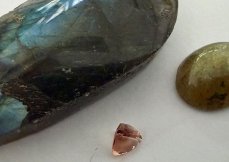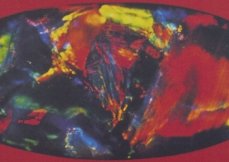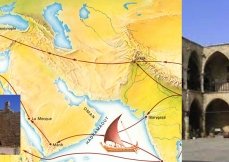
Gemmology, a complex business | EN
Gemmology encompasses a multitude of areas of knowledge ranging from geology to chemistry. Devices that were once used to analyse stones are now obsolete thanks to technological advantages in synthesis.
As for the diamond sector, it remained confident. In order to synthesise a stone, you need to bring about very high temperatures and pressure similar to the conditions of their creation in nature. The first alarm bell sounded during the 1950s when the Swedes manufactured synthetic diamonds, in the form of General Electric, and then De Beers, the Russians and the Chinese. As far as the jewellery trade was concerned, this turned out to be a false alarm, as these diamonds were no more than powders and grains for industrial usage. The warning sounded a more serious note during the 90s with Sumitomo and Lazare Kaplan. The first synthetic diamonds and the first serious diamond engineering in jewellery came about during this period, originating in Japan, Russia and the USA. Unfortunately, some corrupt and unscrupulous traders profited from this in order to sell synthetic stones, passing them off as natural ones. And this is where gemmology comes in. Gemmology is a complex business that simultaneously encompasses concepts in geology, chemistry, physics and most of all optics. Courses run by Gemmology institutions such as the Antwerp HRD, the Anvers 101, the Paris ING and the London FGA have also assumed considerable importance for the diamond and precious stones sector. These courses cover, geology, which is the cradle of precious stones - this is where a gem is born and grows. The study of the structure of the earth and the formation of the various layers from the magma upwards is the very core of gemmology. To know the parent rocks and their various metamorphosis stages means that the gemmologist can deduce the authenticity and sometimes even the origin of a precious stone, particularly when examining the inclusions. The path taken by the parent rock and the satellite crystals are vitally important, as much for exploratory work as for the identification of a stone when it is being purchased at source. Crystallography, which is the basis of the study of precious stones. It is unthinkable not to have a full understanding of this discipline. Stones are subdivided into families, and each crystal has its properties. There are isotropic and anisotropic. The symmetry axes and the study of the construction of the crystalline materials make up the elementary framework, with the atomic and molecular structure being the core elements of the expertise. A gemmologist would therefore need to become familiar with the laws of Rutherford, Miller, Avogadro, Bohr, Van der Waal, Hauy and many others, and understand all of their possible uses.
|










